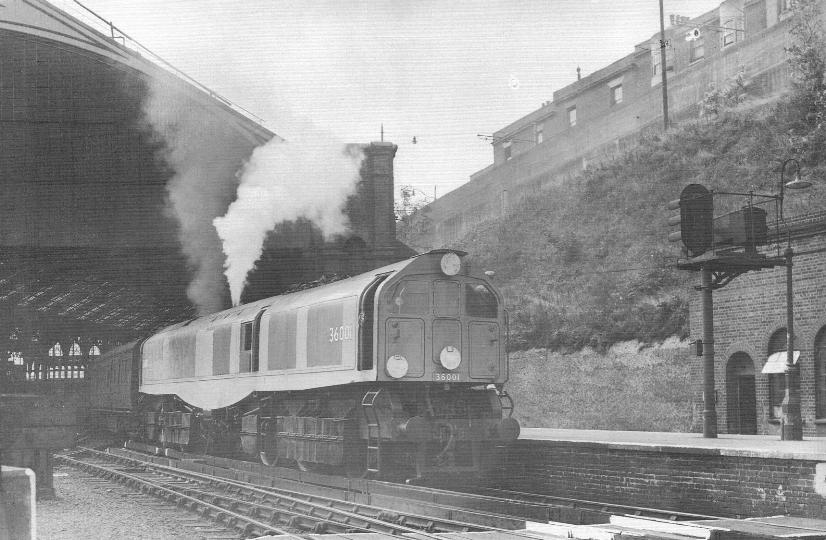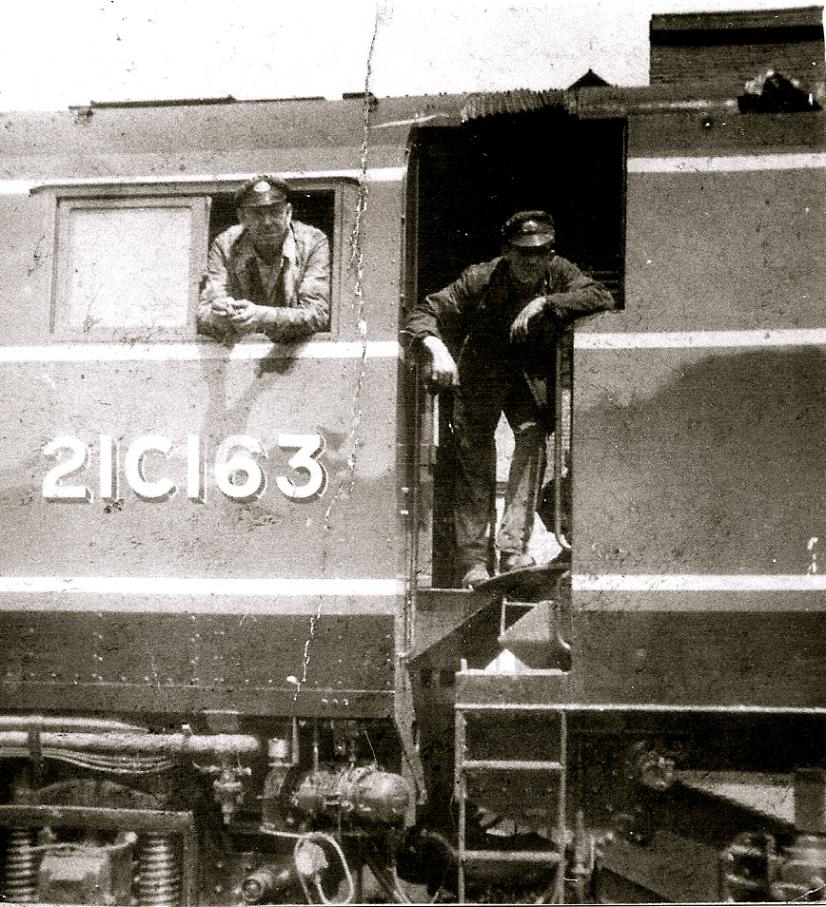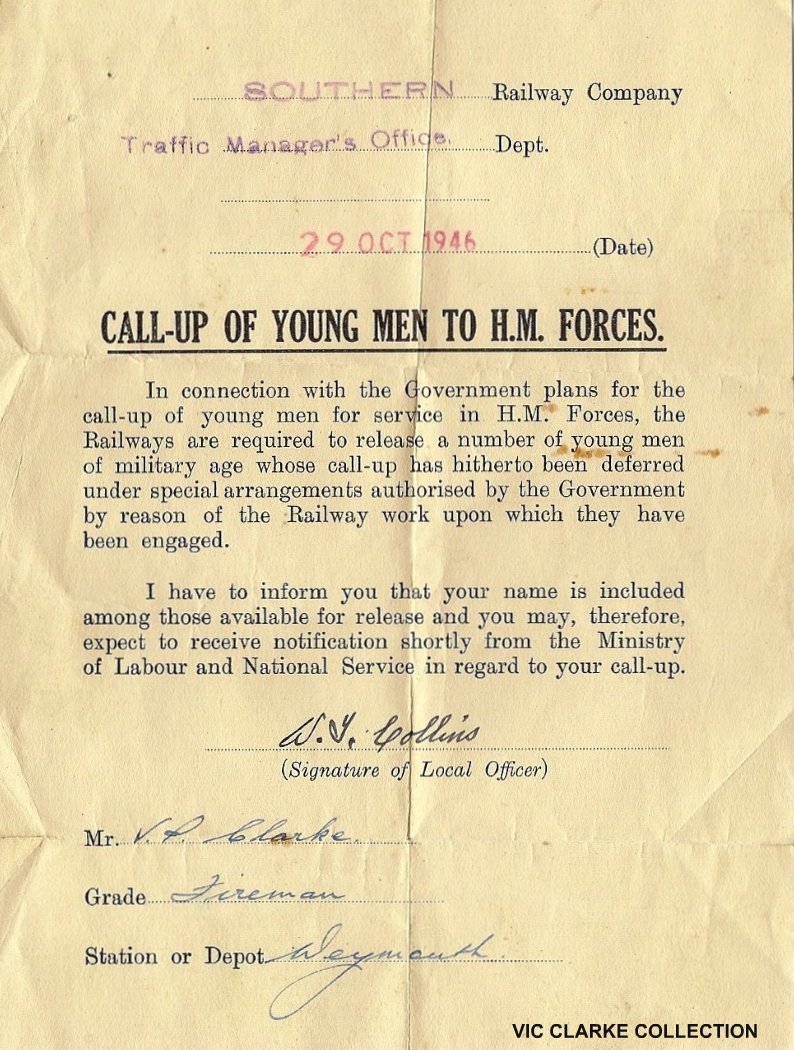
LOCOMOTIVE JOURNAL
MARCH 1946
TUNBRIDGE WELLS BRANCH
We are pleased to welcome Bro. H. Bidwell, our executive member, on Sunday, February 10th, at a special meeting held at the Wheatsheaf Hall.
Bro. F. Robinson, in the absence of our chairman, presided over a fair attendance.
we were given an exhaustive report on the recent A.A.D. Conference and National Programme, and Bro. Bidwell gave an interesting talk on the Nationalisation of the Railways. He gave satisfying answewrs to our members' many and varied questions.
Bro. Cornford proposed a vote of thanks to our visitor, who, we hope, will visit our branch again on some future occasion.
Congratulations to Bros. Robinson and Elmer on thier recent sucess in the Municipal Elections.
For attendance at our branch meetings we still rely on the few stalwarts. New face, particularly amongst our cleaner members, will find a welcome if they will make special effort to attend.
K.A. PASSMORE,
ASST. BRANCH SEC.
BULLIED’S LEADER CLASS


PHOTOGRAPHER UNKNOWN
BRIGHTON STATION
The basis of the Leader Class originated in a 1944 review of the Southern Railway’s steam
locomotive fleet, resulting in a Southern Railway design brief which called for high powered locomotive requiring little maintenance the ageing M7 class tank engines which where still in operation on the Southern Railway. The brief also stipulated that the locomotive would be used on both passenger and goods trains.
The Leader was a class of experimental 0-6-0 + 0-6-0 articulated steam locomotive design by Oliver Bullied and built at Brighton. The Leader was an attempt to extend the life of steam traction by eliminating many of the operational drawbacks associated with
existing steam locomotives.
Design work began in 1946 and development continued after the nationalisation of the
railways in 1948, under the auspices of British Railways.
The Leader project was part of Bulleid's desire to modernise the steam locomotive based on
experience gained with the Southern Railway's fleet of electric stock Bulleid considered
that attitudes towards the labour-intensity of steam operation had changed during the post-war period, favouring dieselisation and electrification. In an effort to demonstrate the continued potential of steam, Bulleid pushed forward the boundaries of steam-power, allowing it to compete with diesel and electric locomotives in terms of labour-saving and ease of operation.
The design incorporated many novel features, such as the use of thermic siphons, bogies and
cabs at each end of the locomotive, resulting in its unique—for a steam locomotive—modern diesel-like appearance. Several of its innovations proved to be unsuccessful however, partly accounting for the project's cancellation in the early 1950s. Five Leader locomotives were begun, although only one was completed. The operational locomotive was trialled on the former Southern Railway network around the Brighton area.
Problems with the design, indifferent reports on performance and political pressure
surrounding spiralling development costs, led to all locomotives of the class being scrapped
by 1951.
The engine had to be worked bunker first to make the driving cab usable, the fireman’s cab
was described as horrendous, with temperatures in excess of 140’f in the fireman's position. It also had a door and window on one side only. A.S.L.E.F. would only allow trials with
volunteers if it derailed onto the wrong side the fireman would be trapped, as the corridor
run alongside the firebox and boiler!
Banned by ASLEF, but N.U.R. footplate men worked on it during the test period from
Eastleigh men, Driver A. Smith and Fireman Sam Talbolt and Les Grant, worked on Test
Trips when being tested at Eastleigh Works. Neither of these engimemen have much good
today about them except that it was usually that it was usually a fairly easy day as you never often got very far.
ASLE&F men would not work on them, they were much hotter than a Bullied, but it was the safety aspect of only one exit from the firing compartment and the fireman being in there on his own that was contentious.
In 1960, I think, they had to put two stokers on the ‘Packets' and W.C.s in the summer cos' of the heat.
If the Leader Class had been an Oil firing locomotive, with a water jacket firebox and Piston Valves it may just have worked.
The ‘ Turf Burner’ that Bullied later built in Ireland was closer to the mark.
Comments by enginemen Bob Cartwright & Glenn Hiscock

PETER GAMBLING COLLECTION
Brighton Driver Fred (Rab) Gambling & Fireman Harry Mitchell
